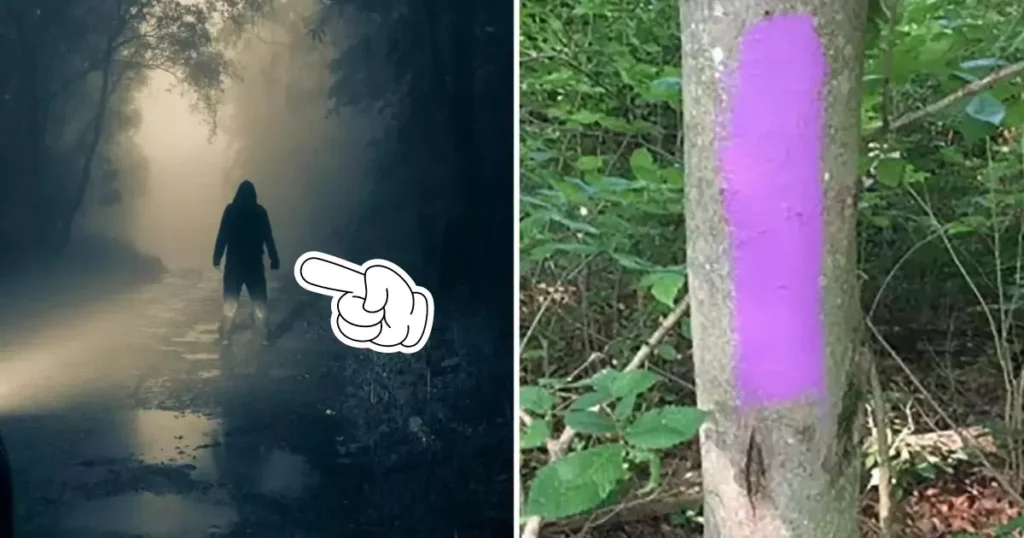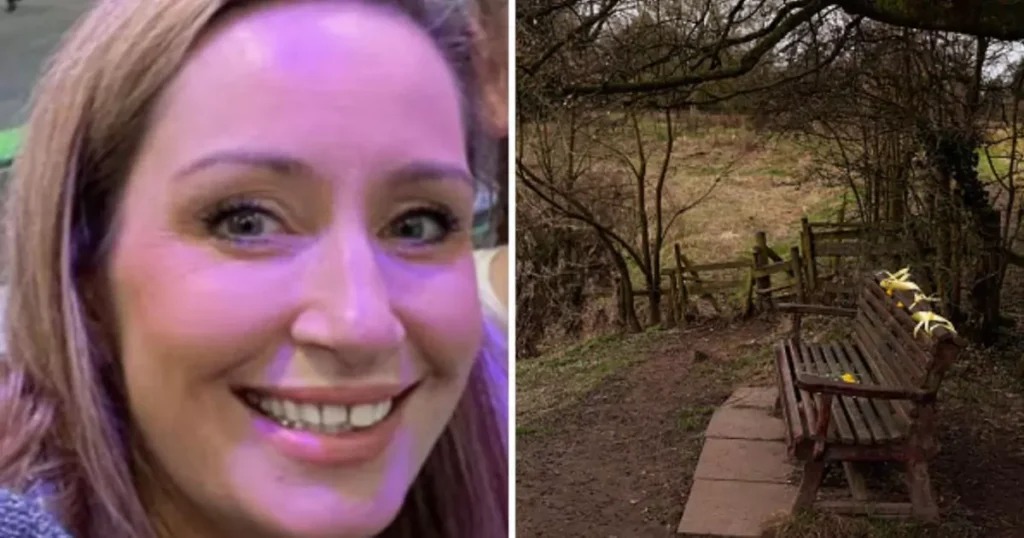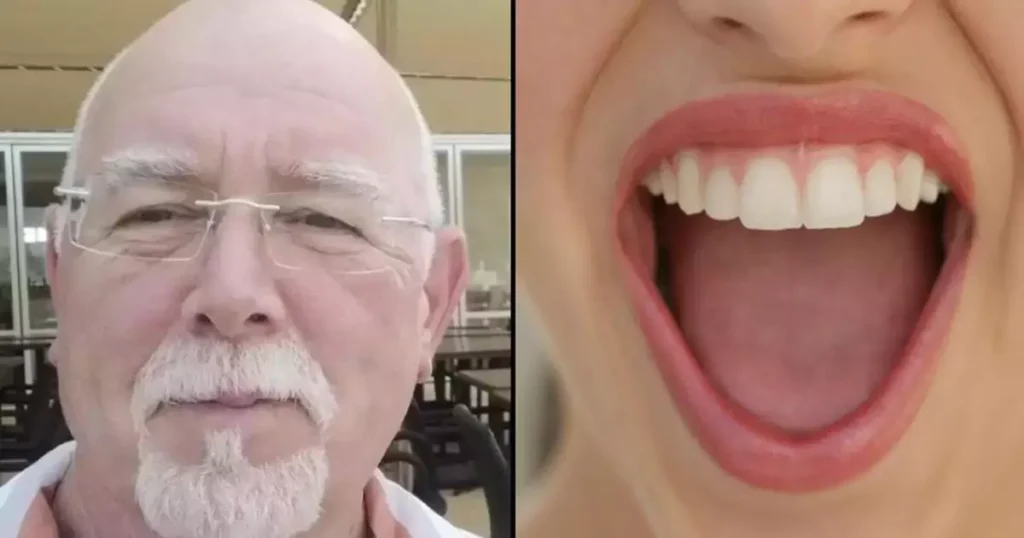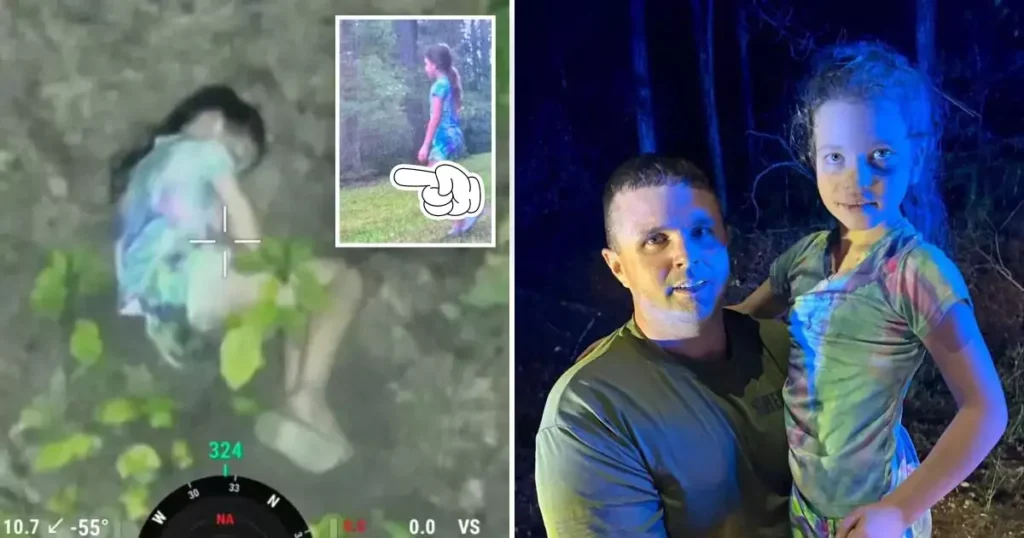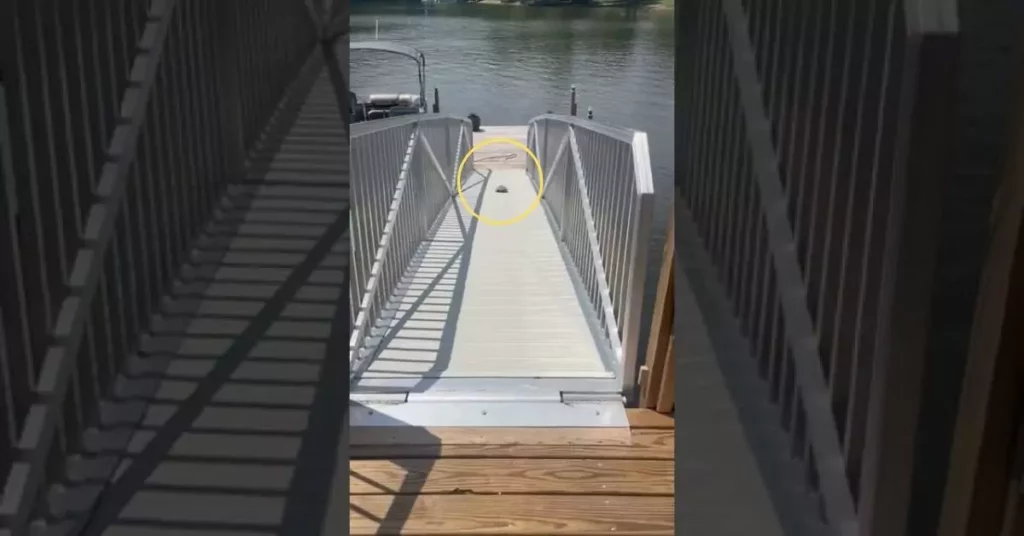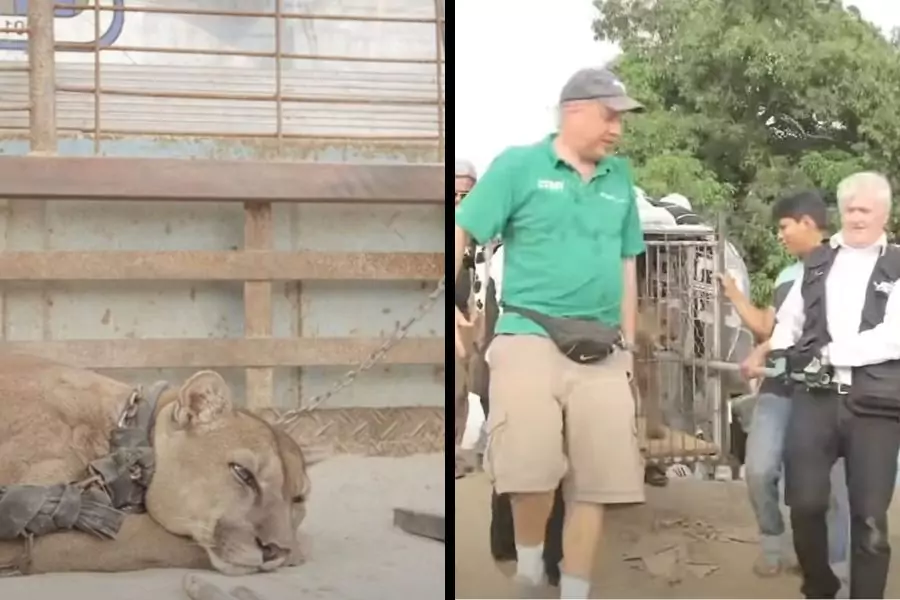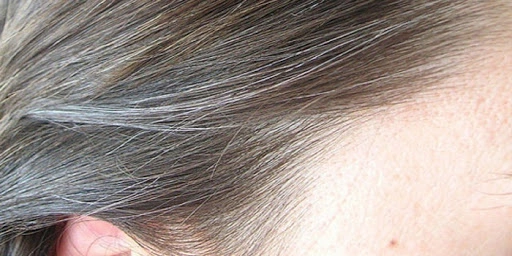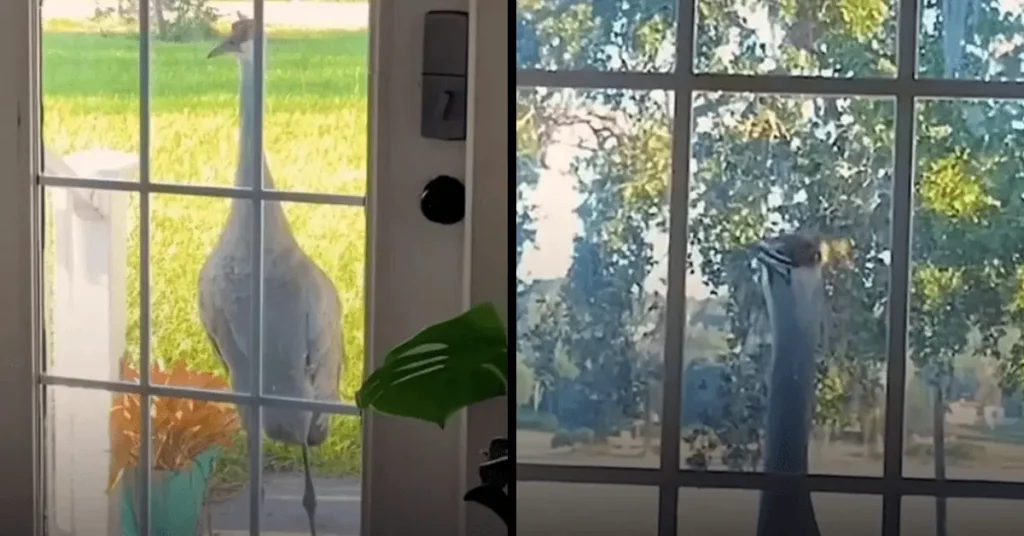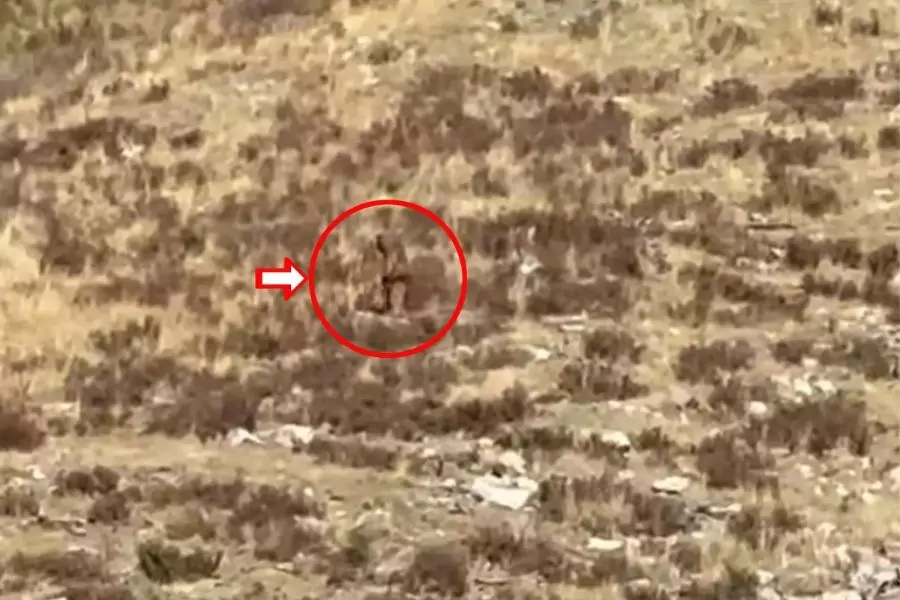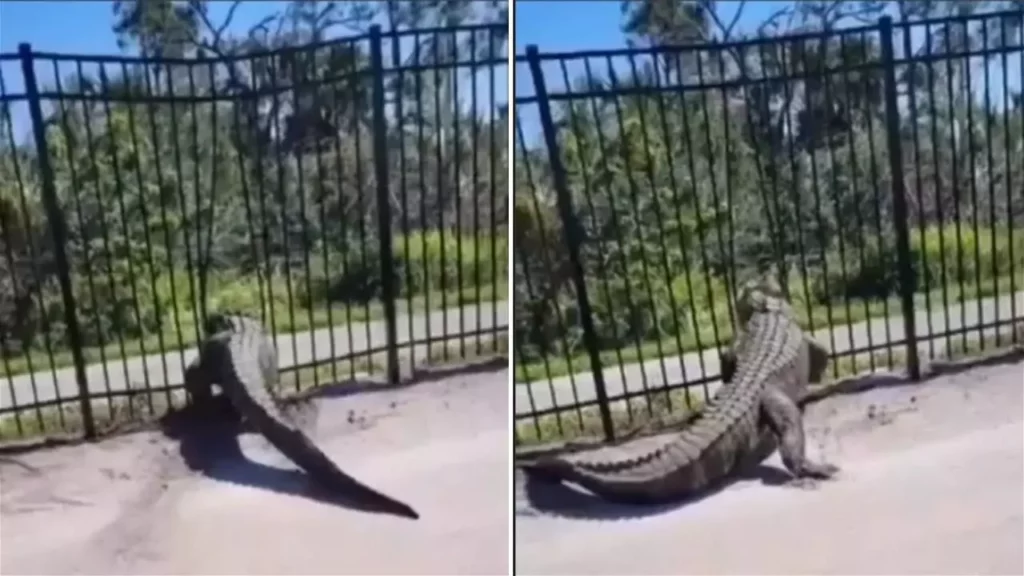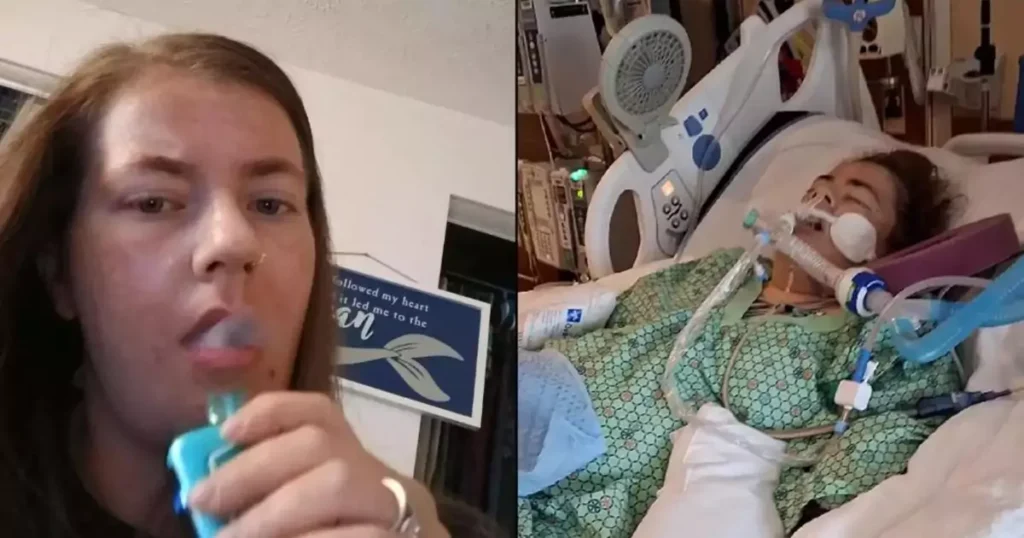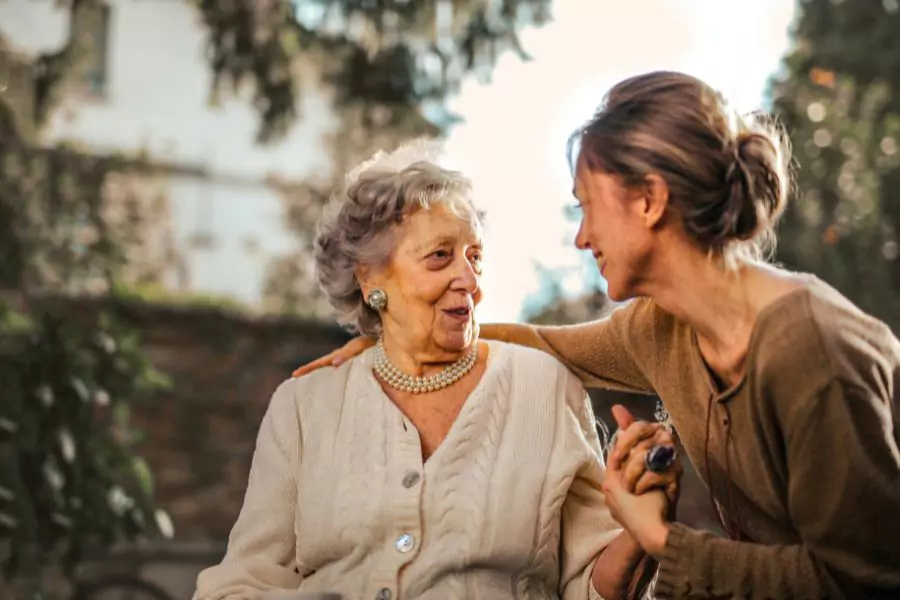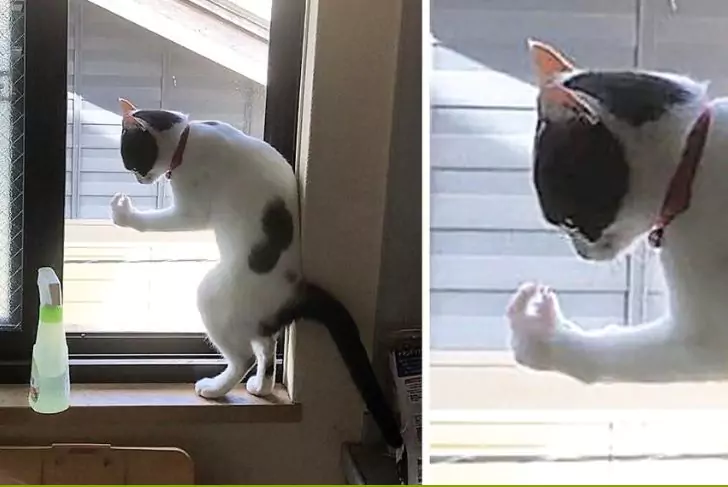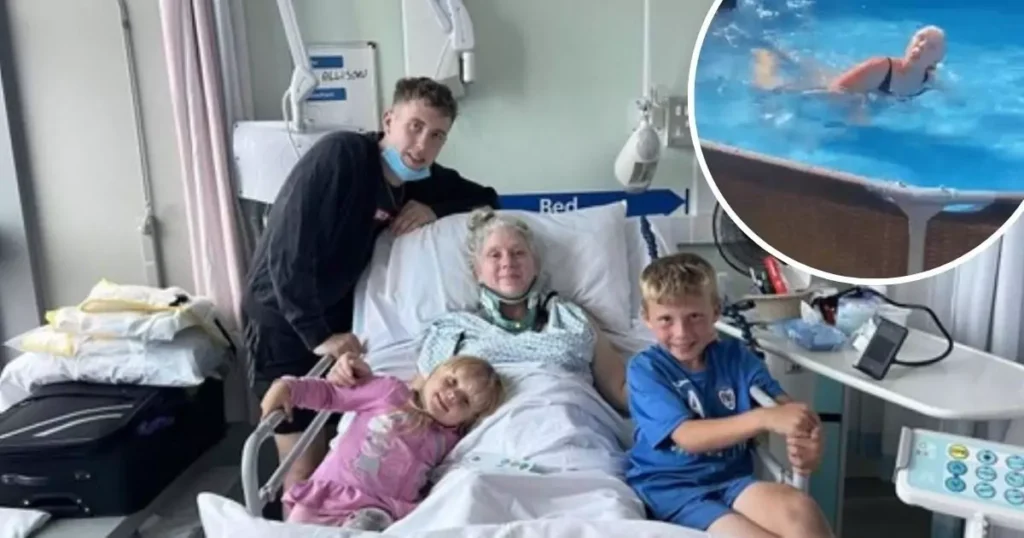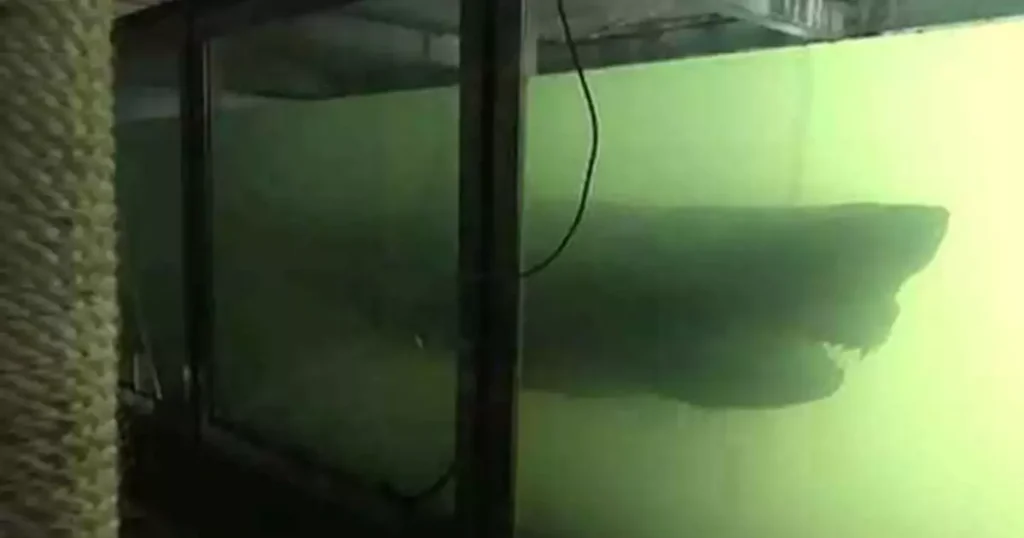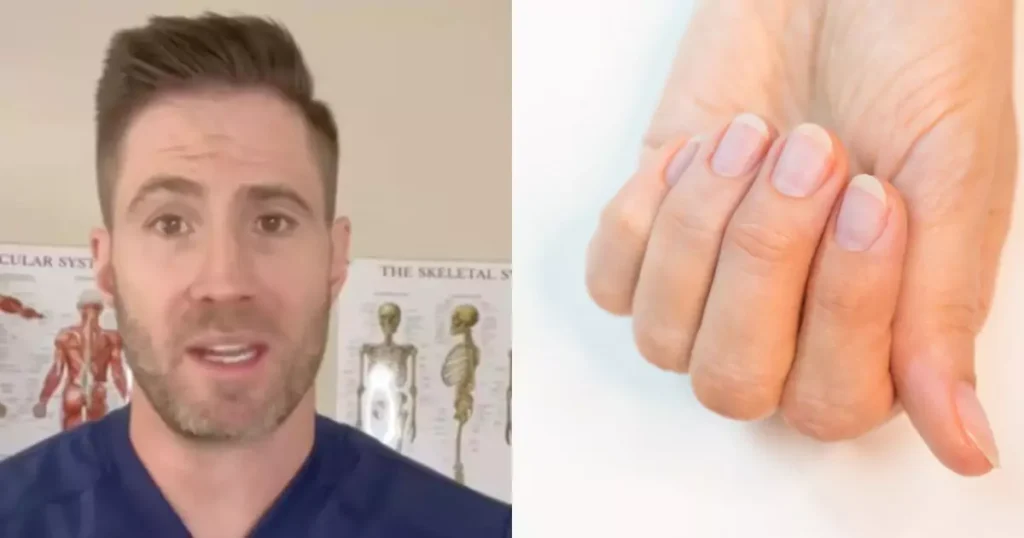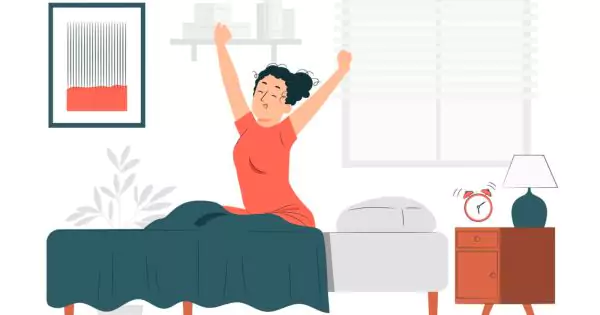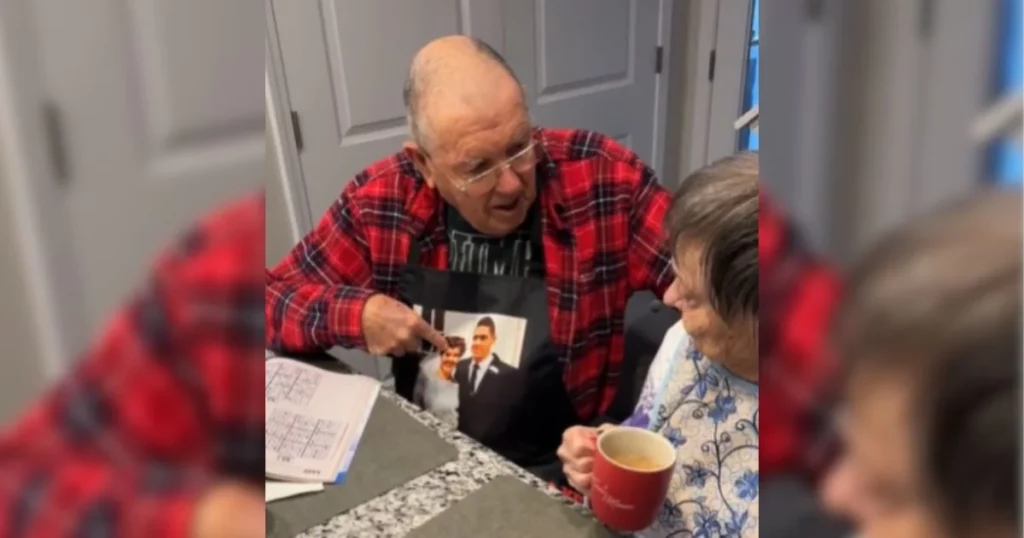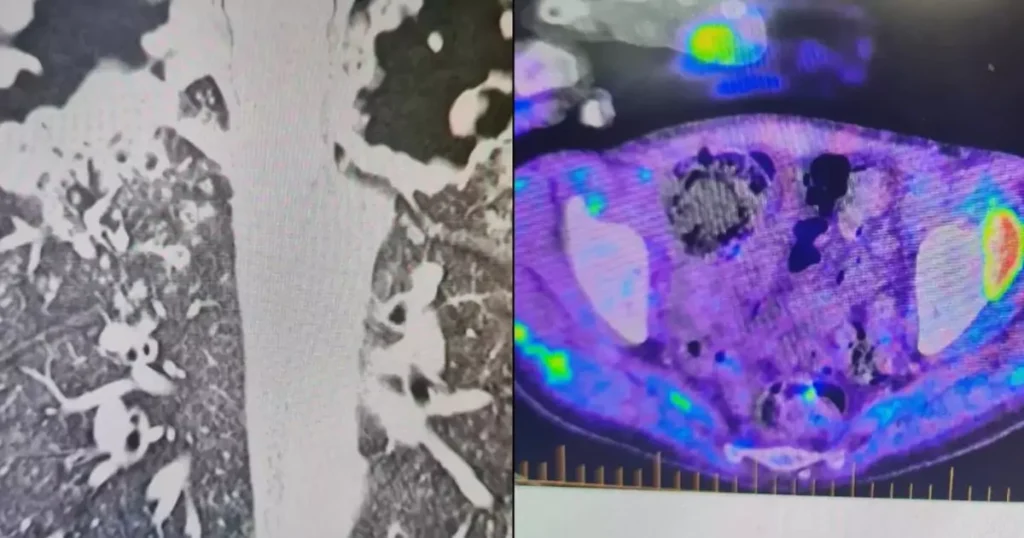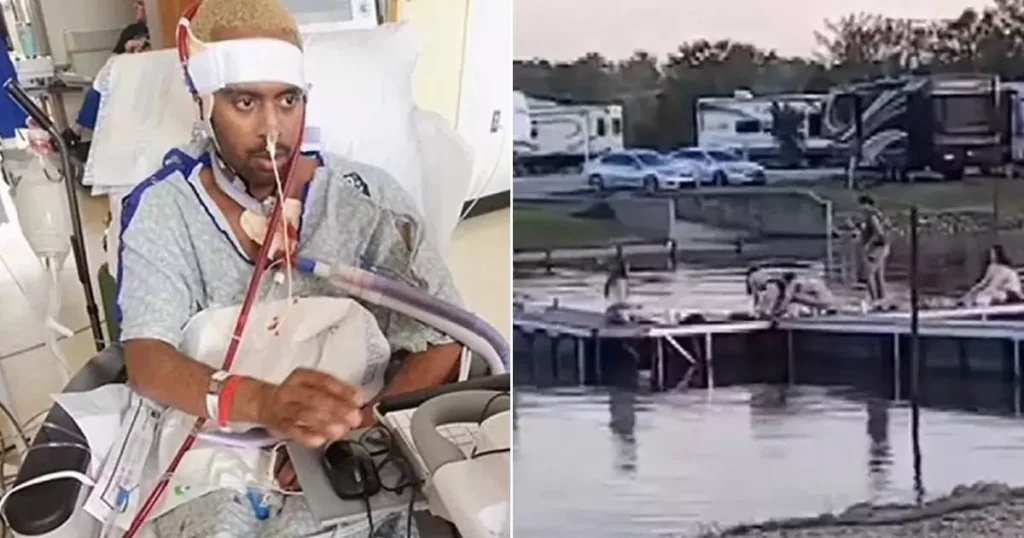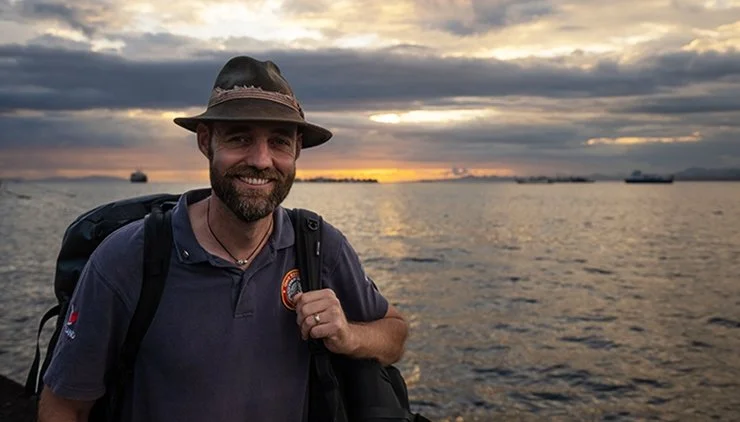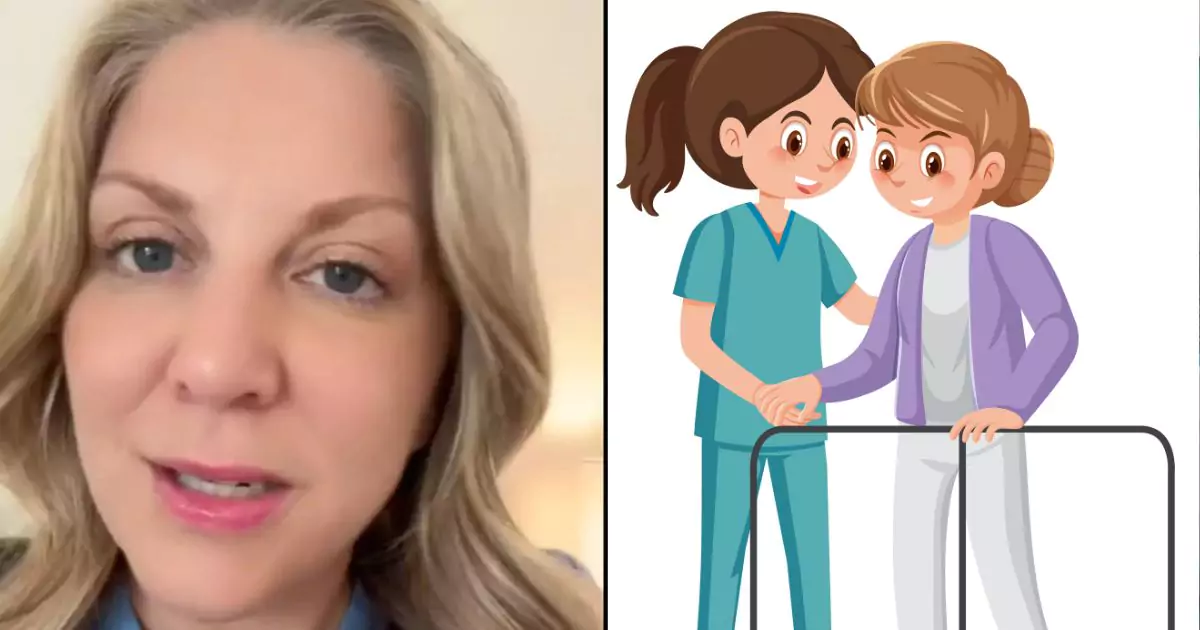
Hospice Nurse Explains ‘Active Dying’ and the Signs to Watch For
Losing a loved one is one of the hardest experiences anyone can go through, and watching someone enter the final stage of life—known as ‘active dying’—can be particularly difficult. To offer support and guidance during this emotional time, palliative care nurse Julie McFadden, who has dedicated her career to hospice care, has been sharing insights about what to expect when a loved one is actively dying. McFadden, a 41-year-old based in Los Angeles, uses TikTok and other platforms to educate people on the reality of death in a compassionate and straightforward way.
Her goal is to normalize death and dying, while alleviating the fear and stigma that often surround it. McFadden explains that understanding the stages of death can help families feel more prepared for what’s coming, reducing panic and confusion during those final moments.
Understanding the Active Dying Phase
Active dying refers to the final stage of life, which can last for several days. During this phase, the body goes through significant changes as it prepares to shut down. McFadden describes this as the scariest part for many families because they may not know what to expect. She stresses that while the signs may seem alarming, they are part of a natural process.
“The actively dying phase is what scares people because they’re not used to seeing it, and they don’t know what the heck’s going on,” McFadden explains.
During this time, the person is typically fully unconscious and unresponsive. They may go several days without food or water, which is a normal part of the body’s final shutdown. McFadden notes that caregivers will need to assist with hygiene, as the person will often become incontinent during this stage.
The ‘Death Rattle’ and Breathing Changes
One of the most distressing aspects of active dying is the change in breathing patterns, particularly the sound known as the ‘death rattle.’ McFadden explains that this sound occurs when saliva gathers at the back of the throat, and because the person can no longer swallow, the saliva stays there, creating a gurgling noise as they breathe.
“It’s literally just a bit of saliva collecting at the back of their throat because their mouth is open, and their breathing is going over their saliva and causing a gurgle,” she says.
While it may sound disturbing, McFadden assures that this is not painful for the individual. The death rattle is simply a result of the body’s inability to clear the throat, and it does not indicate discomfort.
Metabolic Changes in the Body
In addition to the changes in breathing, there are also visible changes in the body, known as metabolic changes. These can include fluctuations in skin color, such as a pale or bluish hue, and shifts in body temperature—sometimes becoming feverish, other times cold.
McFadden emphasizes that while these changes may seem upsetting to see, they are all normal parts of the dying process. “It’s not hurting your loved one,” she assures families.
@hospicenursejulie Education decreases fear. My book: Nothing to Fear out NOW! 🥰❤️ #hospicenursejulie #caregiversoftiktok #hospice #nursesoftiktok #nothingtofearbook ♬ original sound – 💕 Hospice nurse Julie 💕
The Importance of Education
McFadden’s primary message is the importance of understanding what death looks like. She believes that movies and television often give people unrealistic or inaccurate ideas about what happens when someone dies, which can leave them unprepared for the reality.
“It’s important to be educated about what death actually looks like,” McFadden says. “Movies and television don’t do it justice. Then people see it in real life when it’s their loved ones, and they freak out.”
By educating families on the signs of active dying, McFadden hopes to reduce the fear and anxiety that often accompany this phase. When families know what to expect, they can focus on being present and offering comfort to their loved one.
Hearing and Awareness in Final Moments
Interestingly, McFadden shares that even when a person is unresponsive in the active dying phase, hearing is often the last sense to go. Studies have shown that many hospice patients can still hear sounds or voices even in their final moments.
This underscores the importance of continuing to talk to your loved one, even if they can’t respond. Speaking words of comfort and reassurance can still provide them with a sense of peace as they transition.
Coping with Bereavement
Losing a loved one can feel overwhelming, and the active dying phase can add an extra layer of emotional difficulty. McFadden encourages families to seek support during this time, whether through hospice professionals, bereavement counseling, or organizations like Cruse Bereavement Care. Cruse offers a national helpline (0808 808 1677) for those who need someone to talk to during their grief.
Understanding Active Dying Brings Peace
By explaining the signs and symptoms of active dying, Julie McFadden aims to bring peace of mind to families facing the loss of a loved one. Knowing what to expect during this phase can help alleviate much of the fear and confusion that surrounds death. From the ‘death rattle’ to changes in skin color and temperature, McFadden’s compassionate approach offers reassurance that these are all natural parts of the process.
With education, families can be better prepared, allowing them to provide love and comfort during their loved one’s final days, making the experience less frightening and more peaceful.











